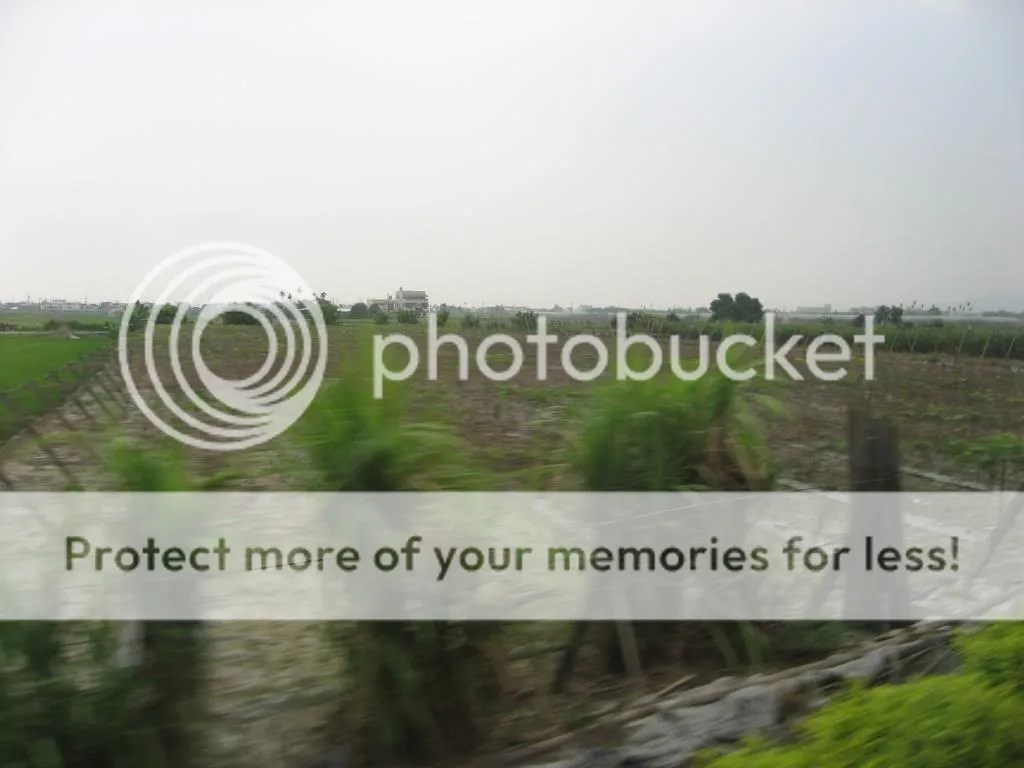As fans of English literature and culture, my travel companion D (my mother in law) and I felt that a trip to England would not be complete without a tour of the countryside. We wanted to see the fields of sheep, quaint cottages, parish churches, manor houses, and places of learning that featured so prominently in all the novels we’ve read and shows we’ve seen. That is, we wanted to see more of England’s pleasant pastures and mountains green and less of its Satanic mills.

A charming view of a Cotswold farm with fields of sheep in the background.
As non-drivers who didn’t have a lot of time, the surprising choice for us was the bus tour. We originally wanted to do a tour that provided a tour guide, used trains, and took us to fewer sights (so we can spend more time at them) but the tour operators were not running that tour when we were there in November.

Seeing Oxford, the oldest English speaking university in the world, was a must for us!

Magnificent Gothic architecture at Oxford.

Old buildings blend with those that are not so old at Oxford.
Although I am usually not a big proponent of bus tours, sometimes it is the only viable option. I try to avoid bus tours in general because they are usually expensive, crowded, and on a set schedule. I never feel like I have enough time to see what I want to see. In addition, being part of a mob and/or only seeing something through a window isolates you from the places you visit. You only see what the tour company wants you to see, and that may or may not be true to the place.

We were only able to take a quick peek at the town of Oxford.
However, if you are short on time, cannot drive, and absolutely want to see something, even if it’s just a glimpse, sometimes it is your best (and only) option. Bus tours do have some positives; they usually provide tour guides, they are great for inexperienced solo travelers, and you will not get lost. In addition, some tour companies really put in the time and effort to make a well rounded experience, such as themed tours. If you are picky about what type of tour you choose, you can minimize the bad parts and make the best of your trip.

Radcliffe Camera, the most photographed library on campus.
A guide will explain why there are 38 different colleges at Oxford and how they are organized. They will tell you where famous movies were filmed. They will attempt to explain architectural details. They will make cheesy jokes.

According to our guide, this was Tolkien’s Room at Exeter College.

One of the many libraries at Oxford. They filmed scenes from the Harry Potter movies here.
We ended up choosing a mini-bus tour (maximum 12 persons) of Oxford, the Cotswolds, and Stratford-Upon-Avon. I actually didn’t want to go to Stratford-upon-Avon since I had already seen it and thought it was overrated. Also a third location meant less time at the other two. However, there was not an option that excluded it. We chose the mini-bus over the huge tour bus primarily because it could navigate the tiny lanes in the Cotswold towns but also because it avoided the huge crowds/mob feeling.

A gorgeous home in Stow-on-the-Wold.

We stopped by a gourmet market in Stow-on-the-Wold. Too bad we only had 10 minutes.
Another positive of small groups was that the tour guide could make small adjustments to his or her commentary and itinerary to suit our interests. For instance, when our guide heard that my travel companion was interested in historic churches, we decided to explore the parish church in the town of Stow-on-the-Wold.

An atmospheric church in Stow-on-the Wold.

The fascinating graveyard of the parish church in Stow-on-the-Wold.

Another view of the graveyard.
After seeing Oxford and exploring Stow-in-the-Wold, we had lunch in the town center.

View from the town center of Stow-on-the-Wold.

Another view of Stow-on-the-Wold.

This fish pie was as delicious as it looks!

I wish we could have stayed at a B&B like this in the Cotwolds.
After lunch, we drove around the Cotswolds some more. We stopped at Lower Slaughter and walked up to Upper Slaughter. These village names sound much more bloody then they are. Slaughter actually derives from “slough” meaning wet land.

Homes along a stone wall in Lower Slaughter.

Peeking into a quaint house in Lower Slaughter.

Autumn Leaves in Lower Slaughter.

View of Upper Slaughter from Lower Slaughter.

Driving out of Upper Slaughter.
After a scenic drive around the Cotswolds, we then proceeded onto the final part of the journey. We were actually running late, but still managed to be the last group into Shakespeare’s birthplace. This worked out quite well since we ended up having a private tour given by a Scottish Laird!

Shakespeare’s Birthplace in Stratford-upon-Avon.

Harry Pottermania can be seen all over England.
Although travel doesn’t always go as planned, compromises are not so bad if you do your research. In this case, a mini-bus tour served our needs quite wonderfully despite our reservations about bus travel. We were able to see the Cotswolds and didn’t have to worry about transportation. Now whenever I read British novels that feature pastures, villages, and universities, I don’t have to imagine. I can just remember.



















Recent Comments